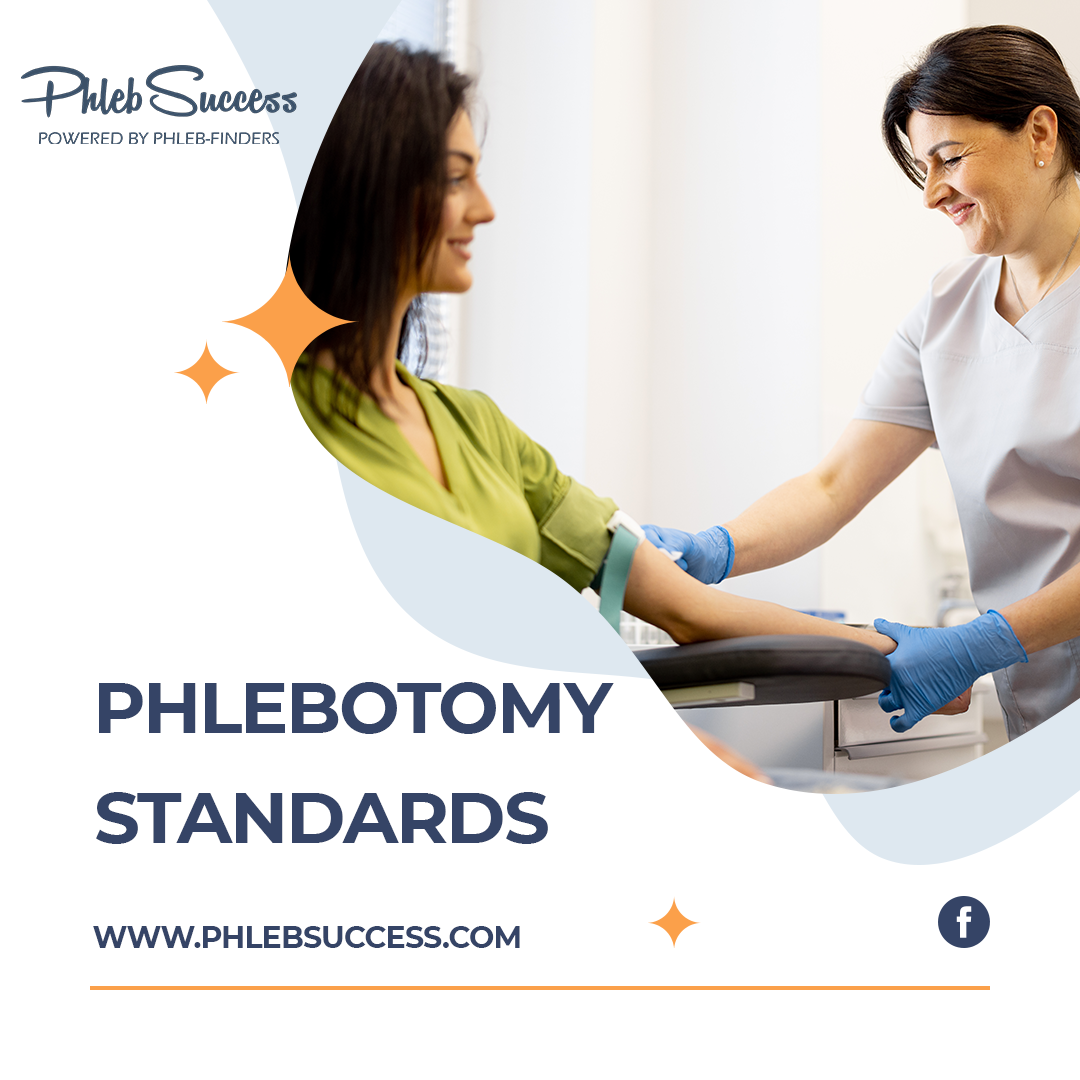This e-learning course is designed to provide comprehensive insights into phlebotomy standards, best practices, and the essential skills required for successful blood collection. The course aims to equip participants with the knowledge and techniques necessary to perform phlebotomy procedures safely, efficiently, and in compliance with industry regulations and standards.
This is NOT a course to certify you in phlebotomy. This is for informational purposes only.
Module 1: Introduction to Phlebotomy
- Understanding the role of a phlebotomist in healthcare settings
- Overview of the importance of accurate blood specimen collection
- Ethical considerations and patient interaction skills
Module 2: Anatomy and Physiology
- Detailed exploration of the human circulatory system
- Identification of major veins and arteries used for blood collection
- Understanding the composition and function of blood components
Module 3: Infection Control and Safety
- Best practices for infection prevention and control in phlebotomy
- Proper handling and disposal of sharps and biohazardous materials
- Personal protective equipment (PPE) usage and safety protocols
Module 4: Blood Collection Techniques
- Venipuncture procedures and techniques
- Capillary blood collection methods
- Specimen labeling, handling, and transportation guidelines
Module 5: Quality Assurance and Compliance
- Understanding CLIA (Clinical Laboratory Improvement Amendments) regulations
- Ensuring accuracy and reliability of laboratory test results
- Documentation and record-keeping standards
Module 6: Patient Care and Communication
- Compassionate patient care and communication skills
- Dealing with challenging situations and patient anxiety
- Cultural competence and diversity awareness in the healthcare setting
Module 7: Special Populations and Considerations
- Pediatric and geriatric blood collection considerations
- Collection challenges in patients with specific medical conditions
- Identifying and addressing special needs in blood collection
Course Curriculum
Introduction to Phlebotomy
Anatomy and Physiology
Infection Control and Safety
Blood Collection Techniques
Quality Assurance and Compliance
Patient Care and Communication
